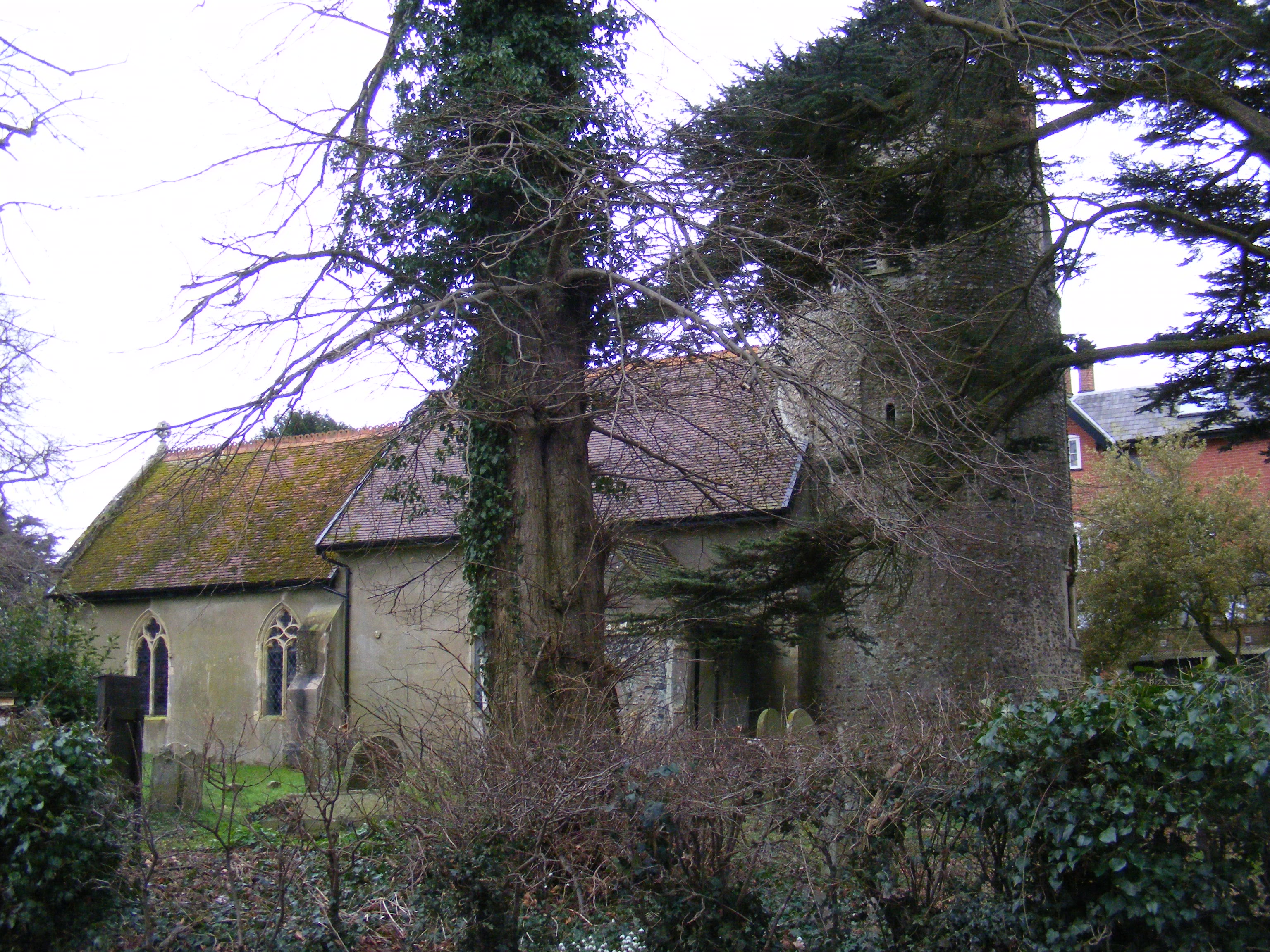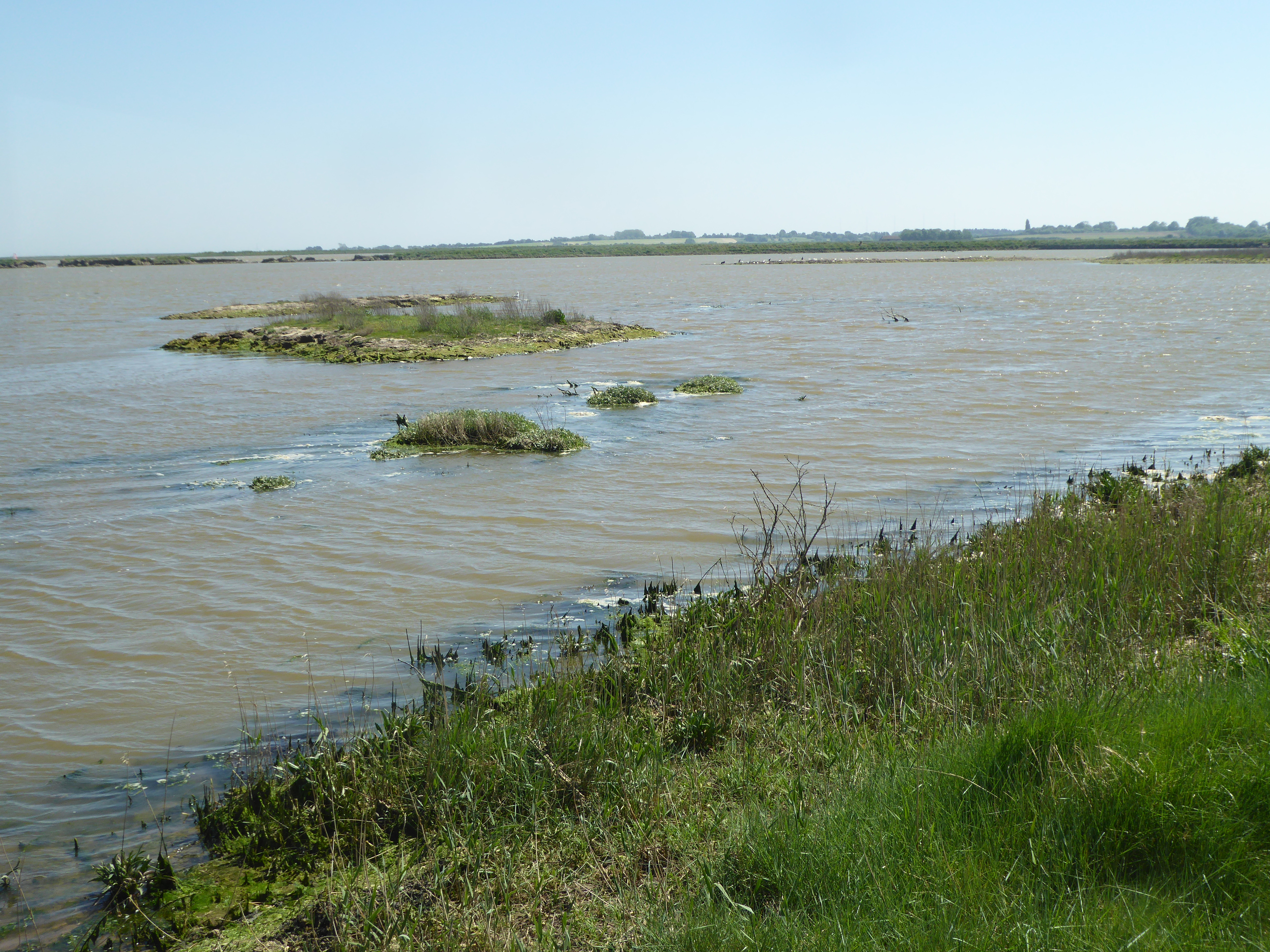|
Church Farm Marshes
Church Farm Marshes is a 56 hectare nature reserve in Thorington in Suffolk. It is managed by the Suffolk Wildlife Trust. This site has areas of marshland, wet and dry woodland, and grassland. The flower-rich marshes have southern marsh orchid, marsh marigold and ragged robin ''Silene flos-cuculi'' (syn. ''Lychnis flos-cuculi''), commonly called ragged-robin, is a perennial herbaceous plant in the family Caryophyllaceae. This species is native to Europe and Asia, where it is found along roads and in wet meadows and p .... Grazing maintains diversity of flora in the meadows and marshes, ensuring a good population of insects which provide food for birds. There is access to the reserve from Thorington Road near the church. References {{Suffolk Wildlife Trust Suffolk Wildlife Trust ... [...More Info...] [...Related Items...] OR: [Wikipedia] [Google] [Baidu] |
Thorington
Thorington is a village and a civil parish in the hundred of Blything, in the East Suffolk district of the English county of Suffolk. It is located around south-east of the town of Halesworth, immediately south of the village of Wenhaston. The A12 main road runs through the parish to the east of the village. Thorington Hall was demolished in 1949, but The Round House, a listed gamekeeper's lodge for the Thorington Estate, survives. British Listed Buildings - Thorington Round House Church Farm Nature Reserve is a located ...[...More Info...] [...Related Items...] OR: [Wikipedia] [Google] [Baidu] |
Suffolk
Suffolk () is a ceremonial county of England in East Anglia. It borders Norfolk to the north, Cambridgeshire to the west and Essex to the south; the North Sea lies to the east. The county town is Ipswich; other important towns include Lowestoft, Bury St Edmunds, Newmarket, and Felixstowe which has one of the largest container ports in Europe. The county is low-lying but can be quite hilly, especially towards the west. It is also known for its extensive farming and has largely arable land with the wetlands of the Broads in the north. The Suffolk Coast & Heaths and Dedham Vale are both nationally designated Areas of Outstanding Natural Beauty. History Administration The Anglo-Saxon settlement of Suffolk, and East Anglia generally, occurred on a large scale, possibly following a period of depopulation by the previous inhabitants, the Romanised descendants of the Iceni. By the fifth century, they had established control of the region. The Anglo-Saxon inhabitants later b ... [...More Info...] [...Related Items...] OR: [Wikipedia] [Google] [Baidu] |
Suffolk Wildlife Trust
Suffolk Wildlife Trust (SWT) describes itself as the county's "nature charity – the only organisation dedicated wholly to safeguarding Suffolk's wildlife and countryside." It is a registered charity, and its headquarters is at Brooke House in Ashbocking, near Ipswich. It was founded in 1961,About us , Suffolk Wildlife Trust. Retrieved 3 March 2014. and is one of 46 covering the . As of March 2017, it has 13,200 members, and it manages of land in 60 nature reserves, most of whi ... [...More Info...] [...Related Items...] OR: [Wikipedia] [Google] [Baidu] |
Southern Marsh Orchid
''Dactylorhiza praetermissa'', the southern marsh orchid or leopard marsh orchid, is a commonly occurring species of European orchid. Description ''Dactylorhiza praetermissa'' grows to tall, with leaves generally unspotted. The flowers, appearing from May to July, are various shades of pink with variable markings. The basal lip of the flower is rounded. This species is able to form hybrid (biology)#In plants, hybrids with other ''Dactylorhiza'' species, and crosses with ''Dactylorhiza fuchsii'' occur especially often. Distribution and habitat It is native to northern and central Europe (Great Britain, Britain, Denmark, Norway, Sweden, Germany, Netherlands, Belgium, France, Estonia and Latvia). It is also reportedly naturalized in Italy and in parts of Canada (Ontario and Newfoundland). This species is found close to water, in damp alkaline meadows, by ponds, lakes or reservoirs and in Interdunal wetland, dune slacks. Ecology The flowers of this species are pollinated by in ... [...More Info...] [...Related Items...] OR: [Wikipedia] [Google] [Baidu] |
Marsh Marigold
''Caltha palustris'', known as marsh-marigold and kingcup, is a small to medium size perennial herbaceous plant of the buttercup family, native to marshes, fens, ditches and wet woodland in temperate regions of the Northern Hemisphere. It flowers between April and August, dependent on altitude and latitude, but occasional flowers may occur at other times. Description ''Caltha palustris'' is a high, hairless, fleshy, perennial, herbaceous plant that dies down in autumn and overwinters with buds near the surface of the marshy soil. The plants have many, thick strongly branching roots. Its flowering stems are hollow, erect or more or less decumbent. The alternate true leaves are in a rosette, each of which consist of a leaf stem that is about four times as long as the kidney-shaped leaf blade, itself between long and wide, with a heart-shaped foot, a blunt tip, and a scalloped to toothed, sometime almost entire margin particularly towards the tip. In their youth the leaves ... [...More Info...] [...Related Items...] OR: [Wikipedia] [Google] [Baidu] |
Ragged Robin
''Silene flos-cuculi'' (syn. ''Lychnis flos-cuculi''), commonly called ragged-robin, is a perennial herbaceous plant in the family Caryophyllaceae. This species is native to Europe and Asia, where it is found along roads and in wet meadows and pastures. In Britain it has declined in numbers because of modern farming techniques and draining of wet-lands and is no longer common. However, it has become naturalized in parts of the northern United States and eastern Canada. Description ''Silene flos-cuculi'' forms a rosette of low growing foliage with numerous flower stems 20 to 90 cm tall. The stems rise above the foliage and branch near the top of the stem and end with the pink flowers which are 3–4 cm across. The flowers have five narrow petals deeply divided into four lobes giving the flower an untidy, ragged appearance, hence its common name. The calyx tube is five-toothed with ten stamens. The leaves are paired, with the lower leaves spoon-shaped and stalked. The m ... [...More Info...] [...Related Items...] OR: [Wikipedia] [Google] [Baidu] |


